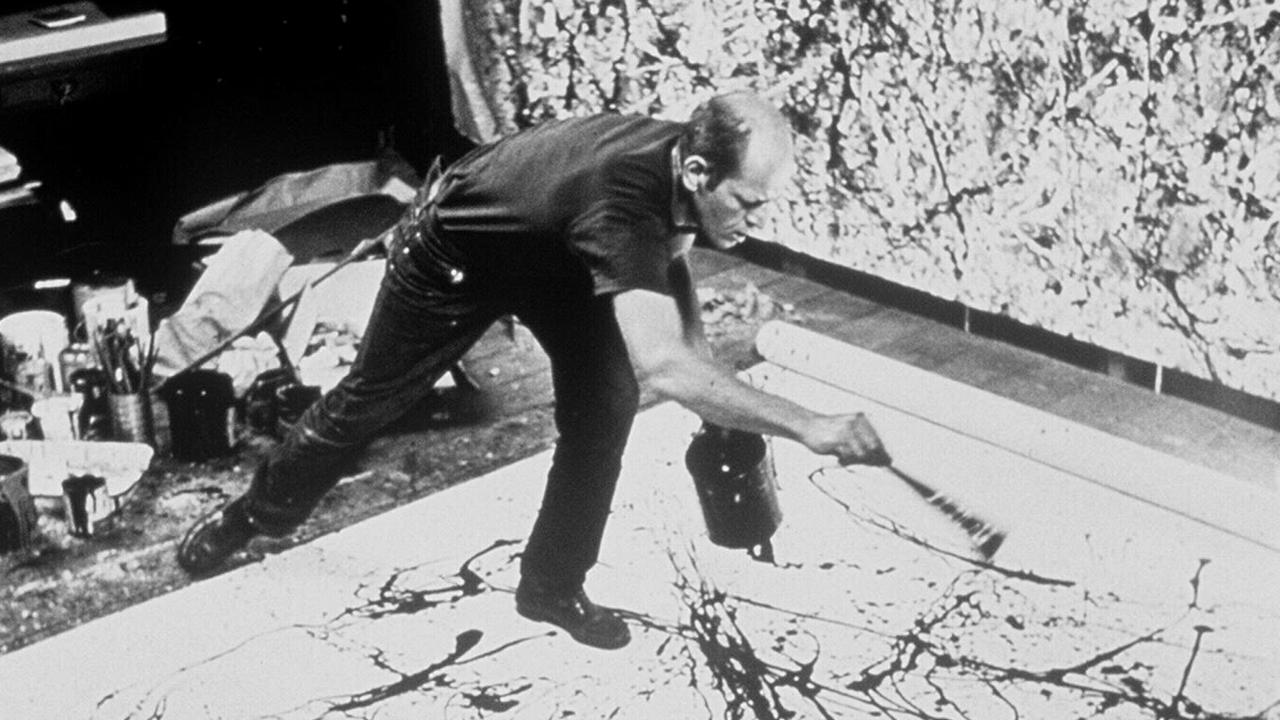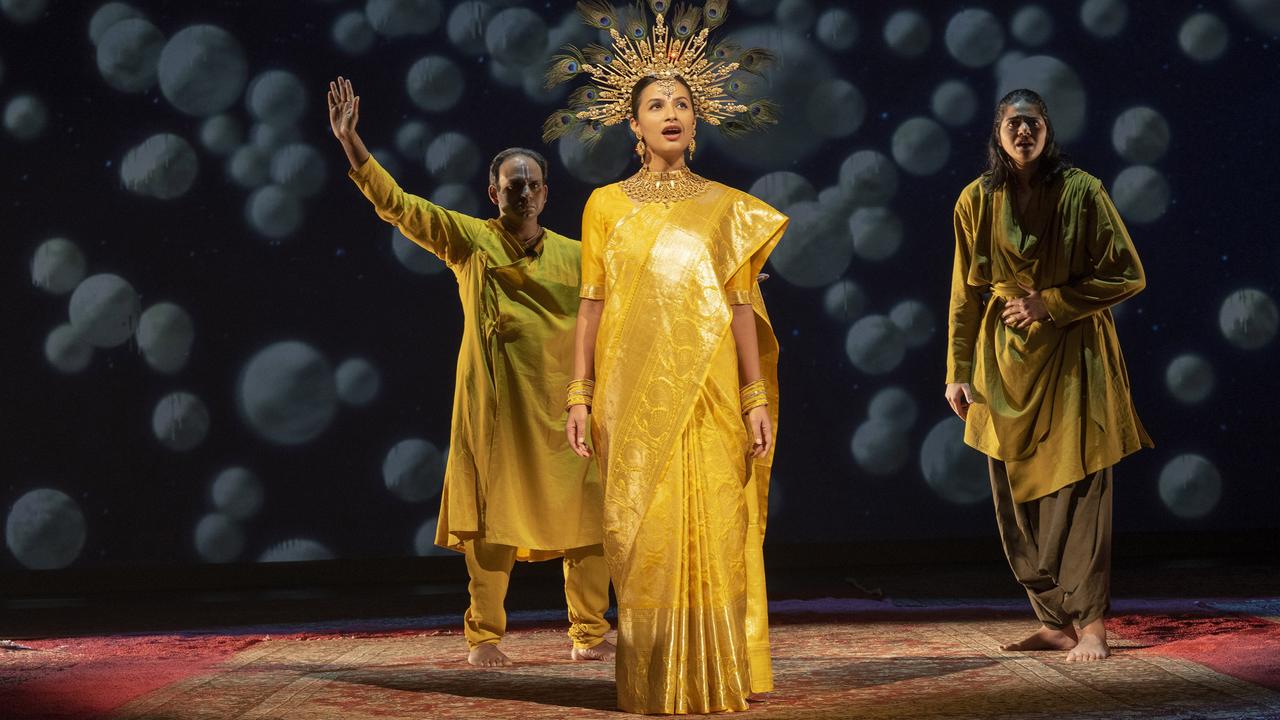How Grace Crowley and Ralph Balson launched abstract art in Australia
Grace Crowley and Ralph Balson defied the local art world to follow their common vision.
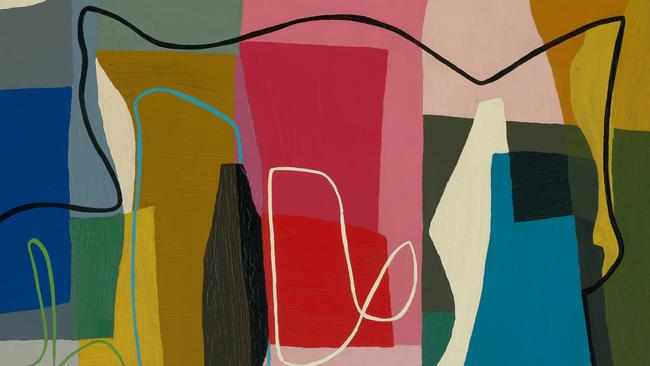
Despite the romantic image of the lone genius, few artists work without some form of community practice. For celebrated artists Grace Crowley and Ralph Balson, collaboration and a common vision were integral to their respective artistic approaches from the 1930s. Working closely together, they played pivotal roles in the evolution of abstract art in Australia.
Crowley was born in Barraba, NSW in 1890, Balson in the same year in Dorset, England. Crowley began full-time studies at Julian Ashton’s Sydney Art School in 1915 before being appointed head teacher in 1918; and in 1926 travelled with fellow student Anne Dangar to France to further their academic pursuits. In Paris, Crowley studied under Andre Lhote and briefly with Albert Gleizes, both pioneering artists of the cubist movement.
Balson was apprenticed to a plumber and house painter at 13 before moving to Australia 10 years later. He was primarily a self-taught artist and in the early 1920s he enrolled in night classes at the Sydney Art School, where Crowley was one of his teachers. The duo were reacquainted following her return to Australia in 1930, when she became a central figure in the distribution of modernist ideas.
Crowley and Rah (Fiz) Fizelle opened the Crowley-Fizelle School in 1932 attracting artists increasingly interested in abstraction, including Balson and Frank and Margel Hinder.
Following the closure of the school in 1937, Crowley and Balson began working together at her studio apartment and soon after were painting exclusively together. Exhibition 1, the inaugural display of semi-abstract painting and sculpture in Australia, opened at the David Jones Gallery in Sydney in 1939. Featuring numerous members of the Crowley-Fizelle circle, it opened just two weeks before the declaration of World War II.
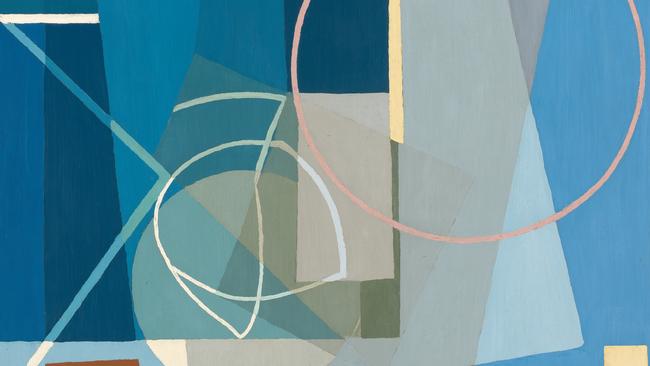
During this intensely experimental phase, Crowley and Balson became closer in painting style and direction. Despite a prevailing mood of uncertainty and anxiety, they continued pushing the direction of their works further still, making the radical leap into pure abstraction. In 1941, Balson held a solo exhibition at Anthony Hordern’s Fine Art Gallery in Sydney, the first exhibition of purely abstract painting in the country. It comprised a series of sophisticated paintings featuring flattened and geometric motifs, and were referred to as his Constructive paintings. Relatively overlooked at the time, Balson’s solo exhibition is now recognised as a watershed moment in Australian art history.
Intriguingly, Balson’s works from this period were signed by Crowley, with his name inscribed in her distinctive geometric handwriting, reflecting the intimacy of their painting partnership.
As Crowley and Balson moved into pure abstraction, both artists experimented with coloured paper as an inspiration for the compositions. While Crowley’s semi-abstract works of the 1930s were meticulously planned and based on sketches, she took a more experimental approach in her works from the ’40s.
The Australian art world at this time was relatively hostile towards abstraction, and Crowley and Balson’s work received a lukewarm reception. While they all but disconnected from the local art scene, their artistic partnership was to prove to be one of the most important in the history of Australian art. Crowley purchased High Hill, a property at Mittagong, NSW, in 1954 and a studio was set up for Balson. Crowley painted very little from this point. Conversely, this was to be a prolific period for Balson, who retired the following year – he had remained a house painter throughout his career – and was able to fully dedicate himself to his art. Balson’s paintings began to embrace a more expressionist, painterly style of abstraction.
Balson died in 1964, after which Crowley promoted his legacy and oversaw the acquisition of his work by major institutions and regional galleries.
Despite Crowley’s significant role in their artistic partnership, through the years she greatly underplayed her contribution. The extent of her involvement was further obscured by large gaps in her oeuvre, and it is well documented that she destroyed or discarded many of her own paintings.
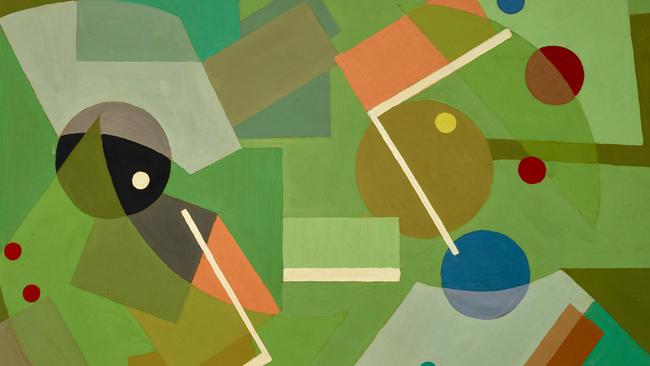
While the exact nature of their relationship remains an enigma, Crowley and Balson’s dynamic exchange extended and challenged both artists, and together they formed one of the most important artistic partnerships in Australian art history.
Beckett Rozentals is curator of Australian art at the National Gallery of Victoria in Melbourne. Grace Crowley & Ralph Balson opens May 23 at the Ian Potter Centre: NGV Australia, Federation Square, Melbourne.




